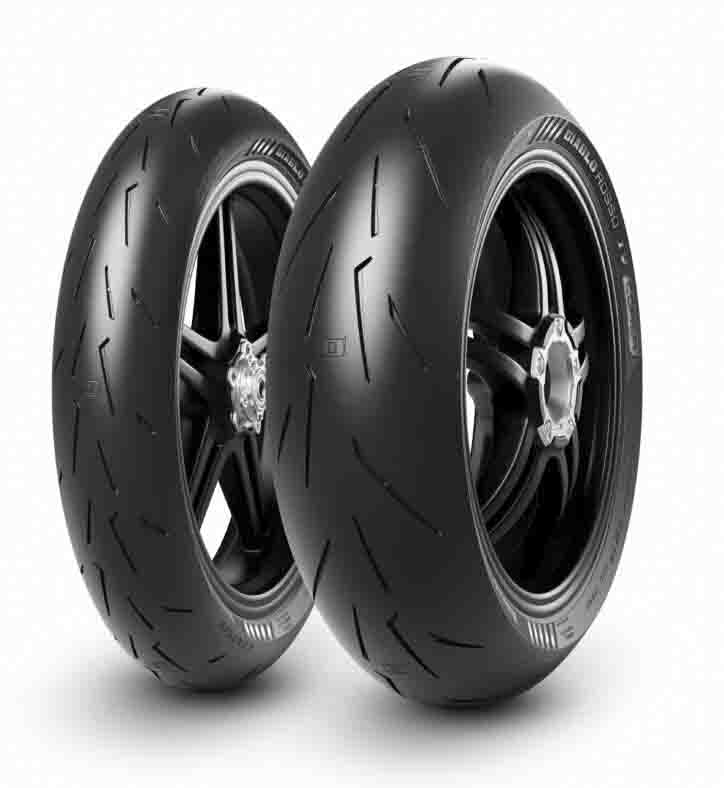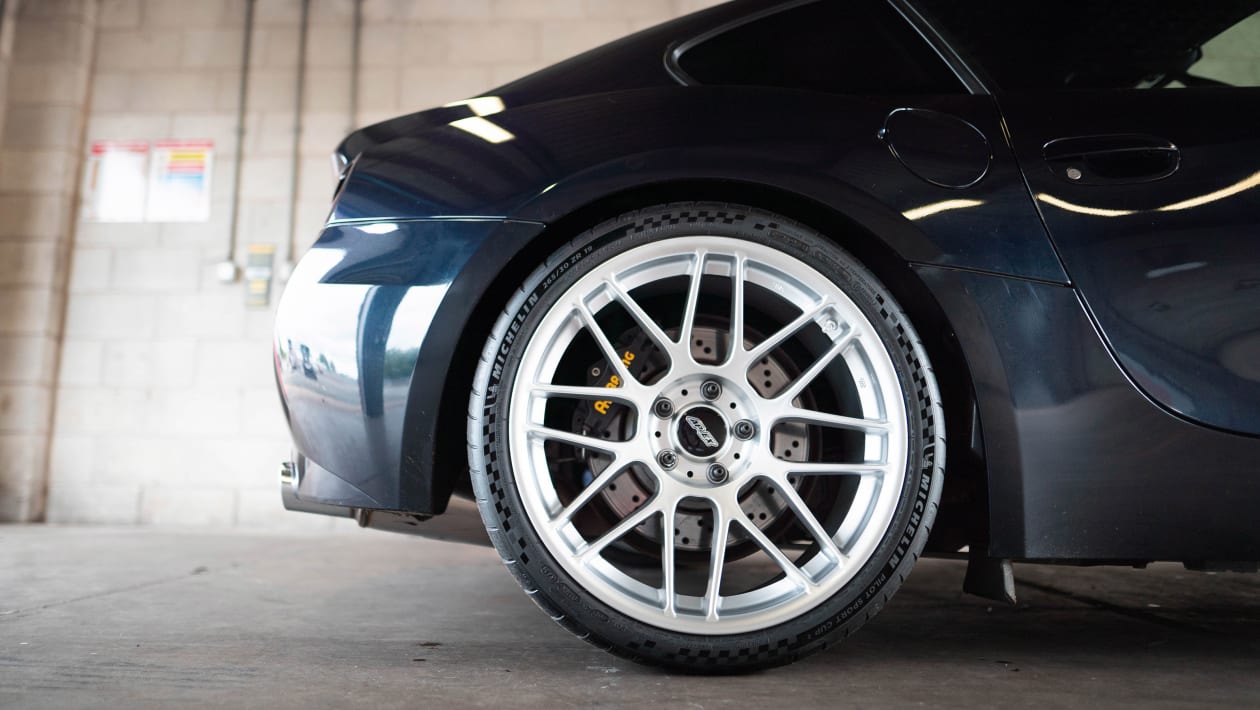All Categories
Featured
Table of Contents
I was able to obtain 100 hours out of among these tires, and while it had absolutely no tire lugs left on it, the soft substance made it function very wellas long as I was utilizing a soft mousse. Kitt Stringer picture Easy installing - 3Wear - 3Sidewall stamina - 3Performance on origins - 4Performance on wet rocks - 2Traction on dirt - 5Cornering capability - 4Traction while stopping - 4Self-clearing of dirt and mud - 3Performance in mud - 3Overall predictability or tracking - 3 _ 37 Verdict: This is a great well-rounded tire with excellent value for cash.

The wear was regular and I like the length of time it lasted and exactly how constant the feeling was throughout usage. This would likewise be an excellent tire for faster races as the lug dimension and spacing little bit in well on quick surface. Kitt Stringer photo Easy mounting - 3Wear - 3Sidewall stamina - 3Performance on origins - 4Performance on wet rocks - 4Traction on dirt - 4Cornering capacity - 4Traction while braking - 5Self-clearing of dirt and mud - 4Performance in mud - 4Overall predictability or monitoring - 4_42 Conclusion: I liked this tire a great deal.
If I had to buy a tire for tough enduro, this would remain in my top choice. Easy placing - 3Wear - 3Sidewall strength - 3Performance on origins - 4Performance on wet rocks - 3Traction on dust - 4Cornering ability - 3Traction while stopping - 3Self-clearing of dirt and mud - 4Performance in mud - 4Overall predictability or tracking - 3 _ 34 Verdict: This tire was very soft and flexible.
All the gummy tires I checked carried out fairly close for the very first 10 hours or two, with the victors mosting likely to the softer tires that had far better grip on rocks (Tyre balancing). Getting a gummy tire will certainly give you a solid benefit over a normal soft compound tire, but you do spend for that advantage with quicker wear
Tyre Shop Services Near Me (Noranda WA)
Ideal worth for the rider that desires suitable performance while getting a reasonable quantity of life. Best hook-up in the dirt. This is a perfect tire for spring and loss conditions where the dirt is soft with some wetness still in it. These tested race tires are excellent throughout, however wear quickly.
My total victor for a difficult enduro tire. If I needed to spend cash on a tire for day-to-day training and riding, I would choose this.
Budget Car Tyres – Noranda WA
I've been running a set of Michelin Power Pilot 2CT's on my track Daytona 675 for the previous year. Because time I have done 15 track days in all weathers from chilly wet to incredibly hot and these tyres have never missed a beat. Tyre shop services. I have actually done nearly 2,000 miles (3,200 km) on them and as you can see from this shot of the front taken after initial session of my 15th track day on them, they still have rather a great deal of rubber left on them
In brief the 2CT is a fantastic track day tire. If you're the kind of motorcyclist that is most likely to come across both damp and completely dry conditions and is beginning on course days as I was in 2014, after that I assume you'll be hard pressed to locate a better value for cash and qualified tyre than the 2CT; a pair of which will certainly establish you back around 185 (US$ 300) in the UK.
Creating a far better all rounded road/track tyre than the 2CT have to have been a tough task for Michelin. The outcome of that effort is the Michelin Pilot Power 3 which basically changes the Pure. Don't puzzle this brand-new tire with the road going Pilot Roadway 3 which is not designed for track usage (although some riders do).
They influence significant self-confidence and provide impressive grip degrees in either the wet or the completely dry. When the Pilot Power 3 launched, Michelin suggested it as a 50:50% roadway: track tire. That message has actually lately changed because the tires are now suggested as 85:15% road: track use instead. All the motorcyclist reports that I've reviewed for the tire rate it as a better tire than the 2CT in all locations but specifically in the wet.
Leading Low-cost Tyres
Technically there are plenty of differences in between both tires although both utilize a double compound. Visually you can see that the 2CT has less grooves cut into the tyre yet that the grooves run to the edge of the tire. The Pilot Power 3 has even more grooves for better water dispersal however these grooves do not get to the shoulder of the tire.
One element of the Pilot Power 3 which is various to the 2CT is the brand-new 2CT+ technology which extends the harder center area under the softer shoulders (on the back tire). This must offer much more stability and lower any "wriggle" when accelerating out of edges in spite of the lighter weight and more versatile nature of this brand-new tyre.

I was slightly uncertain regarding these lower pressures, it turned out that they were fine and the tyres executed truly well on track, and the rubber looked far better for it at the end of the day. Equally as a point of referral, other (quick group) bikers running Metzeler Racetecs were using tire pressures around 22-24 psi for the rear and 24-27 psi on the front.
Coming up with a better all rounded road/track tyre than the 2CT need to have been a difficult job for Michelin. The outcome of that initiative is the Michelin Pilot Power 3 which essentially changes the Pure. Do not puzzle this brand-new tire with the roadway going Pilot Road 3 which is not designed for track usage (although some bikers do).
Trusted Budget Tyres – Bayswater
When the Pilot Power 3 launched, Michelin advised it as a 50:50% roadway: track tire. All the rider reports that I've read for the tyre price it as a much better tire than the 2CT in all locations but specifically in the wet.

Technically there are numerous distinctions in between the 2 tyres although both use a twin compound. Aesthetically you can see that the 2CT has less grooves cut into the tyre however that the grooves run to the edge of the tyre. The Pilot Power 3 has even more grooves for far better water dispersal however these grooves don't get to the shoulder of the tire.
One facet of the Pilot Power 3 which is different to the 2CT is the brand-new 2CT+ modern technology which prolongs the harder middle section under the softer shoulders (on the rear tyre). This should offer a lot more security and minimize any type of "agonize" when accelerating out of edges regardless of the lighter weight and more adaptable nature of this brand-new tyre.
I was a little suspicious regarding these reduced stress, it turned out that they were great and the tires executed actually well on track, and the rubber looked much better for it at the end of the day - Tyre shop services. Simply as a point of reference, various other (rapid team) bikers running Metzeler Racetecs were making use of tyre stress around 22-24 psi for the rear and 24-27 psi on the front
Latest Posts
Best Tyre Repair Near Me – Yokine
Honest Tyre Care – Dianella 6059 WA
Honest Low-cost Tyres (Marangaroo)